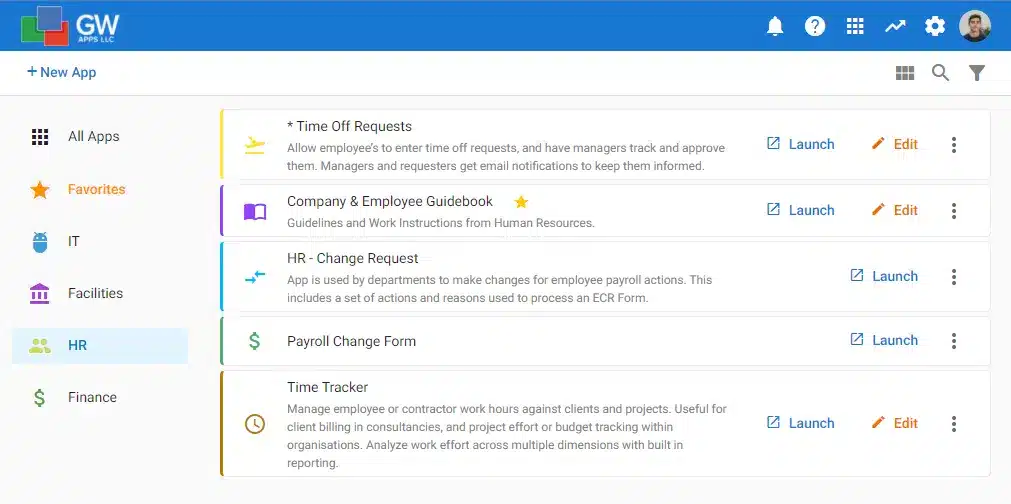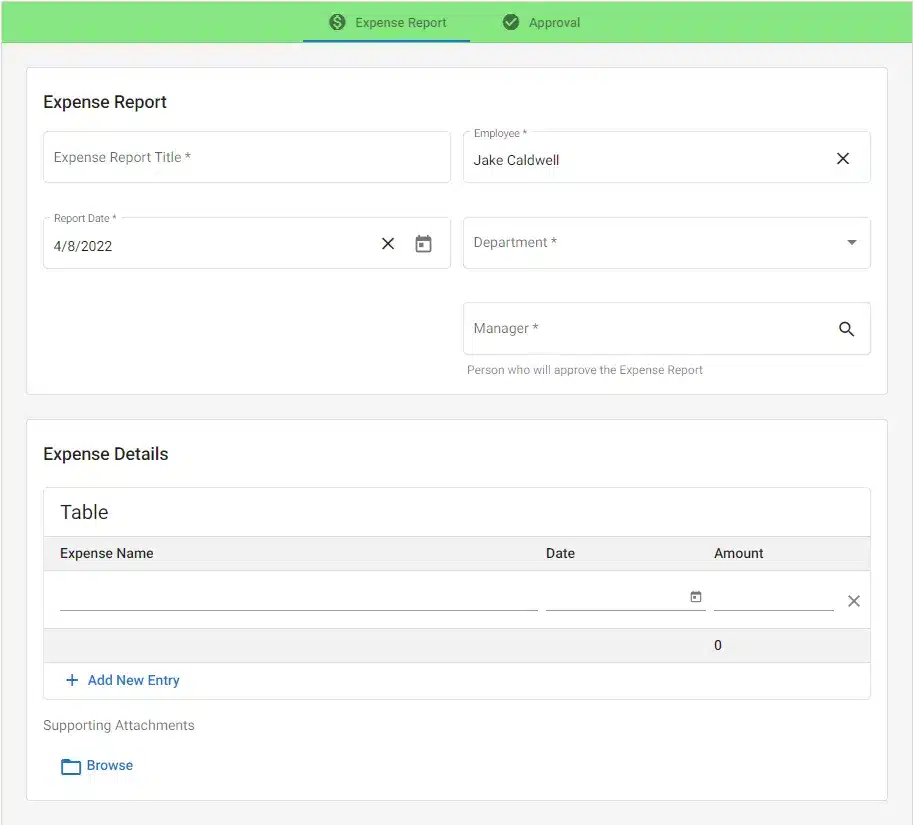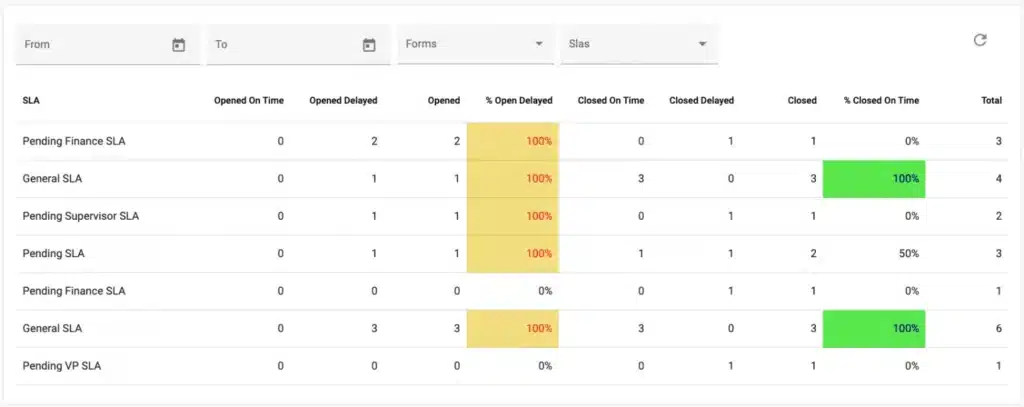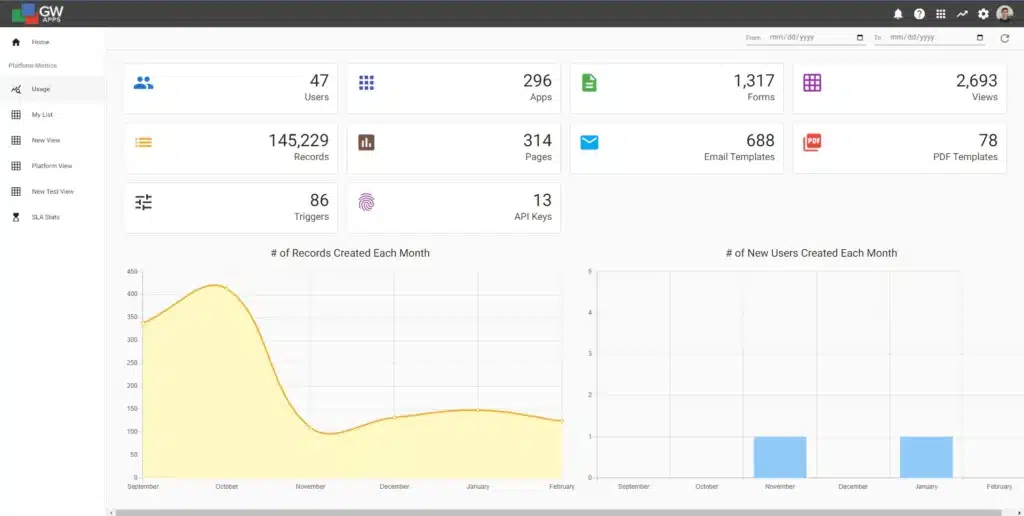Many organizations are looking to deploy employee self-service portals to automate business processes and reduce operational costs. Activities like requesting a new company laptop, initiating a payment to a subsidiary or provider, or updating personal information in the company directory. Each of these processes will usually require review and approval, though the details of each workflow process could be quite different.
Enabling users to directly request common services via an automated system reduces delivery time and processing errors, while minimizing clerical work and saving costs. This was handled in the past through legacy software or Intranets that hosted forms to initiate the requests. Although quite useful, they offered limited flexibility and automation.
Today, companies have more options to choose from as many software vendors have developed cloud based solutions to address this need. ServiceNow is probably one of the better known options, and is the market leader in this segment. It is targeted primarily at large enterprise customers, however, midmarket and small businesses find it too expensive. So what comparable solutions for Mid Market and small businesses.
Required features/capabilities for an effective employee self service portal
When looking for a platform to build a best-of-breed self-service portal, make sure it offers the following main features:
- The ability to create flexible and full feature forms for collecting the required data and capturing process stages.
- Ability to define approval workflows along with service level agreement (SLA) metrics to ensure service is provided in a desired timescale.
- Custom notifications, including key request information, to ensure requestors, service reps and managers know the status of their requests and any tasks they need to perform.
- Security so only the right people can see, edit or take action on the request as it moves through the service workflow.
- A dashboard for managers and senior management to review SLA compliance and take action on any service flows that are falling behind in processing requests in a timely manner.
- A home-page to allow users to easily find the needed request flow/service.
- Ability to create and approve requests from a smartphone or tablet.
- Building these service request flows should be quick and simple, and updates should be easy to deploy with minimal implementation steps.
- Many organizations will also need the portal to function in multiple languages.
Solution Options
Companies often have some form of self service software like HR portal or Help desk platforms that automates self service requests. They could be extended to handle additional type of applications, but they have limitations:
- HR employee portals are designed primarily to handle employee onboarding, HR benefits and access to HR policies. They may not offer the workflow capabilities that service requests need for processing, like approvals from multiple managers or departments.
- Help desk software. Best at handling ticket submission and status tracking. Limited at allowing multiple approval and conditional triggers.
- eForm vendors. They offer users an easy way to build and deploy forms, provide employees with easy access to all the company forms, and the capability to submit forms electronically and initiate requests, however they are not designed to accommodate complex workflows.
- Often these options do not have the SLA reporting capabilities that managers require for managing a larger variety of services.
Having worked extensively in the No-Code Application space, we know that these platforms offer most of the features needed to build a fully functional self-service portal: an easy way to digitize their forms, capabilities to build complex workflows, manage data access security and report on workflow progress. And they provide you with easy ways to customize it for your specific needs.
GW Apps
Last year, a major international conglomerate asked us to help them replace their legacy self-service portal. They were already using GW Apps as a paperless office solution in one of their divisions. They had been impressed with the speed of developing new applications, the ease with which their team could make updates and improvements. Their users liked the way the apps looked and worked. They identified a couple of required features that would be needed for a self service portal, mostly managing SLA requirements and reporting. We have since added these additional features to the GW Apps platform. We’re happy to report that we have added these enhancements in our latest release.
Other customers have built a wide range of self-service applications on the GW Apps platform, covering all areas of their organizations:
- Capital expense requests
- Leave of absence requests
- New hire requests
- Vacation time requests
- Pricing discount requests
- Authorization to use a personal smartphone for company work
- Requesting a corporate credit card
- Office equipment move requests
- Request for payment to a vendor
- Request to add/remove/change a bank account signatory
These are just a small sample of the self-service apps that clients are managing with GW Apps.
Sample Screenshots
Main Dashboard – This provides employees with easy access to all available services, organized by relevant categories or business units. Users can bookmark their preferred and most used services under a “favorites” category.

Form Builder – The GW Apps offers one of the most versatile form builder. Easily configured through a Drag-Drop and configure approach, with over 30 different types of fields and other features. Gives you the ability to organize them into sections, columns and/or tabs, then configure them into highly functional forms.

Workflow and Security – Add as many workflow stages and actions as you need, plus custom user roles and security controls down to the field level.

Reports and SLA Tracking – Build views for detailed tracking of your requests and dashboards for management overview and SLA reporting.


We hope you find this information informative. Please reach out to our customer support team if interested in discussing this or to schedule a demo.
